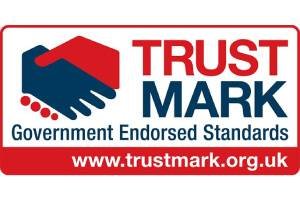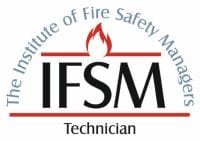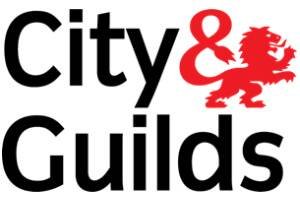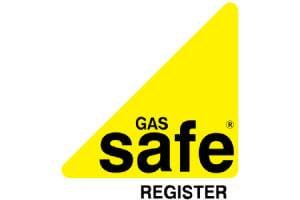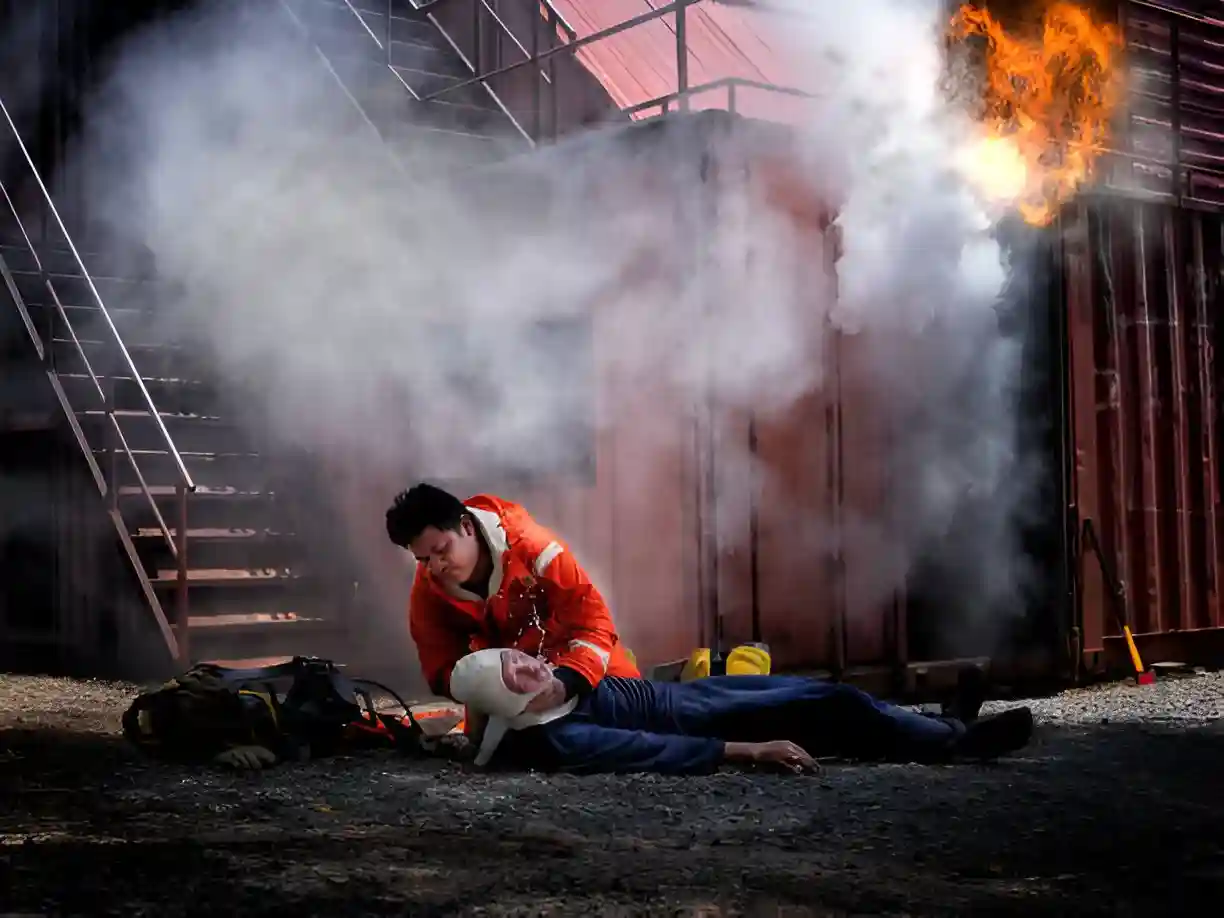
Fire risk evaluations are critical for ensuring safety compliance in various environments. They involve a systematic approach to identifying hazards, evaluating risks, and implementing safety measures. However, many organisations overlook key steps of fire risk assessment or misinterpret regulations, leading to potential liabilities. Understanding these essential steps can greatly enhance safety protocols. Yet, the complexities of adapting these steps to different property types remain a challenge that warrants further exploration.
Key Takeaways
- Identify potential fire hazards by thoroughly evaluating the premises for flammable materials and faulty systems.
- Involve all relevant stakeholders to gather comprehensive information and address unique challenges effectively.
- Document findings meticulously to ensure accountability and provide a reference for future assessments.
- Ensure compliance with legal regulations and standards to safeguard lives and minimise liability risks.
- Conduct regular reviews and updates to adapt to changes in regulations, technology, and potential risks.
Understanding the Purpose of a Fire Risk Assessment
A fire risk assessment serves as an essential tool in identifying potential hazards and mitigating risks within a given environment. It aims to promote safety and foster a sense of security for individuals occupying the space, allowing them to embrace their freedom without the looming threat of fire-related incidents.
By systematically evaluating the premises, the assessment pinpoints areas of concern, such as flammable materials, inadequate exits, and faulty electrical systems.
This process is not merely a regulatory obligation; it embodies a commitment to safeguarding lives and property. Through understanding the purpose of a fire risk assessment, stakeholders can cultivate a proactive culture of safety.
Empowered by knowledge, individuals can take informed actions to protect themselves and their surroundings. Ultimately, an all-encompassing fire risk assessment serves as a foundational step toward creating environments where freedom and safety coexist harmoniously, allowing everyone to thrive without unnecessary fear.
Why Following the Steps of Fire Risk Assessment Matters
Although many may underestimate the significance of adhering to the steps of fire risk assessment, doing so is essential for guaranteeing safety and compliance. Following these steps not only protects lives but also safeguards property and empowers individuals to take control of their safety environment.
By systematically identifying and mitigating fire risks, organisations foster a culture of responsibility and vigilance.
- Enhances overall safety for all occupants
- Reduces potential liability and insurance costs
- Guarantees compliance with legal regulations and standards
- Promotes a proactive approach to fire prevention
- Builds trust and confidence among employees and stakeholders
In a world where freedom and safety coexist, a thorough fire risk assessment empowers individuals and organisations alike to maintain control over their environments.
Recognising the importance of these steps can lead to a safer, more secure future for everyone involved.
Common Mistakes to Avoid During the Fire Risk Assessment
When conducting a fire risk evaluation, overlooking common mistakes can greatly undermine the effectiveness of the entire process. One prevalent error is failing to involve all relevant stakeholders, which can lead to incomplete information and overlooked hazards.
Additionally, evaluating only visible risks without considering hidden threats can create false security. Another mistake is neglecting to document findings meticulously; accurate records are essential for accountability and future reference.
It’s also vital to avoid a one-size-fits-all approach; each environment presents unique challenges that require tailored assessments. Finally, underestimating the importance of regular reviews can result in outdated data, increasing vulnerability over time.
How a Professional Can Help with the Steps of Fire Risk Assessment
Engaging a professional in the steps of fire risk assessment process can markedly enhance the completeness and accuracy of the evaluation.
Professionals bring specialised knowledge and experience that can uncover potential hazards often overlooked by untrained individuals. Their expertise not only guarantees compliance with safety regulations but also promotes a culture of safety within organisations.
- Extensive hazard identification and analysis
- Development of tailored fire safety strategies
- Implementation of best practices for risk mitigation
- Training and education for staff on fire safety protocols
- Objective assessment of existing fire safety measures
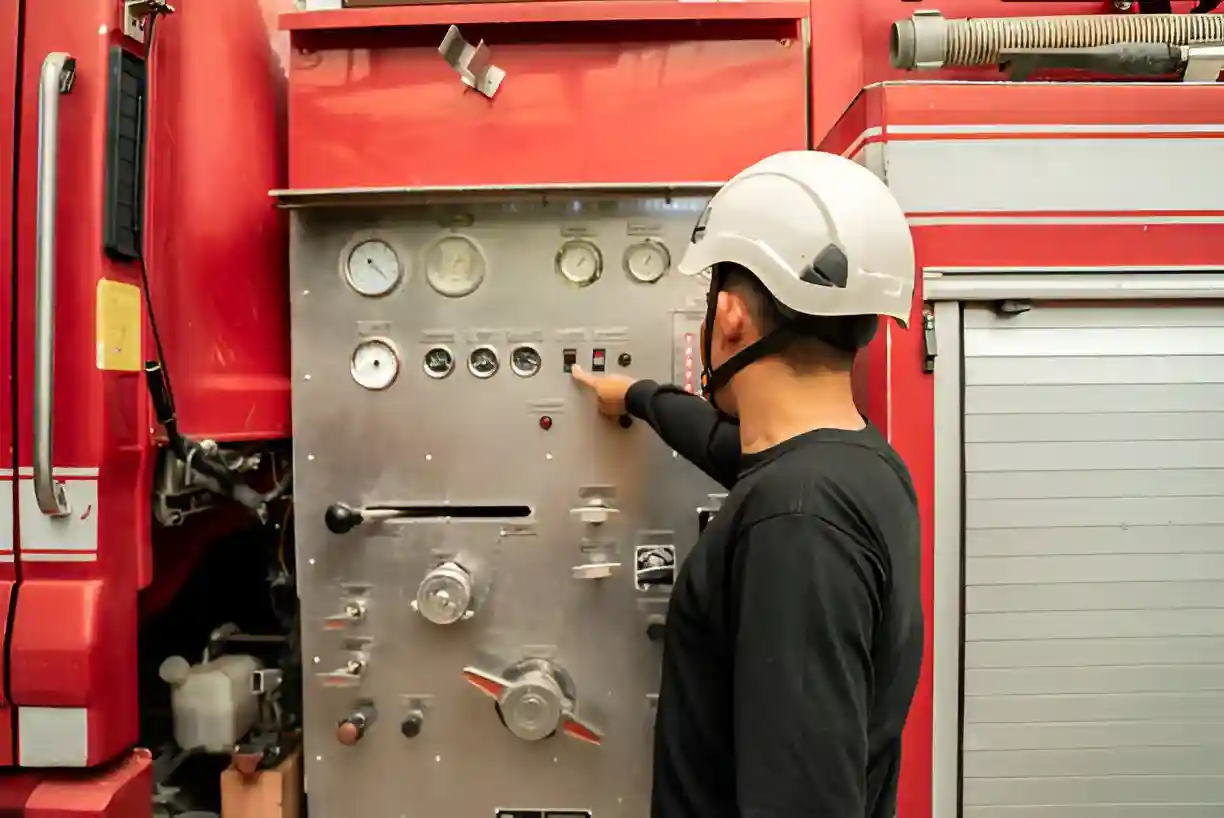
Breaking Down the Key Steps of Fire Risk Assessment
A thorough fire risk assessment involves several critical steps that guarantee safety and compliance. The first step is identifying potential fire hazards, which can include flammable materials, faulty wiring, and ignition sources.
Next, one must evaluate the risks associated with these hazards, considering the likelihood of a fire occurring and the potential consequences. Following this, it is essential to implement preventive measures, such as installing fire alarms and conducting regular maintenance on fire safety equipment.
The fourth step entails documenting the findings and actions taken during the assessment. This documentation serves as a crucial reference for future evaluations and compliance audits.
Finally, a continuous review process is necessary to adapt to any changes in the environment or usage of the space. By meticulously following these steps, organisations can foster a culture of safety and responsibility, empowering individuals to take charge of their fire risk management.
How the Steps of Fire Risk Assessment Improve Workplace Safety
By systematically applying the steps of fire risk assessment, organisations can remarkably enhance workplace safety. This structured approach not only identifies potential hazards but also develops extensive strategies to mitigate risks.
As employees feel safer, their productivity and morale can considerably improve, fostering an environment that champions freedom and responsibility.
- Identifies fire hazards, reducing the likelihood of incidents
- Establishes clear protocols, empowering employees to act confidently in emergencies
- Promotes awareness, cultivating a culture of safety and vigilance
- Guarantees compliance with legal standards, protecting the organisation from liabilities
- Encourages regular reviews, adapting to new challenges and innovations in safety
Ultimately, embracing fire risk assessment transforms a workplace into a secure sanctuary where individuals can thrive without the looming shadow of danger.
Adapting the Steps of Fire Risk Assessment for Different Property Types
While the fundamental steps of fire risk assessment remain consistent, adapting these procedures for different property types is crucial to effectively address unique risks and challenges. Residential buildings, commercial spaces, and industrial facilities each present distinct fire hazards and occupancy patterns.
For instance, a high-rise apartment complex may require a focus on evacuation routes and stairwell safety, while a manufacturing plant must prioritise machinery and flammable materials.
Moreover, the assessment process should consider the layout, materials, and specific activities associated with each property type. This tailored approach guarantees that all potential ignition sources and vulnerabilities are identified and mitigated.
Additionally, regulatory requirements can vary greatly, necessitating a customised strategy for compliance. By recognising and addressing these differences, property owners and safety professionals can create a more robust fire risk assessment, fostering a safer environment and empowering individuals to take proactive measures in safeguarding their spaces.
The Financial Benefits of Following the Steps of Fire Risk Assessment
Implementing the steps of fire risk assessment can yield significant financial benefits for property owners and businesses alike.
By taking proactive measures to discover and reduce fire risks, organisations can protect their assets, enhance safety, and ultimately save money.
- Reduced Insurance Premiums: Insurers often reward businesses with lower rates for thorough risk assessments.
- Minimised Downtime: A well-prepared fire risk strategy helps guarantee continuity by preventing disruptions in operations.
- Avoidance of Legal Costs: Meeting safety regulations can reduce the risk of costly legal battles.
- Increased Property Value: Properties with robust safety measures often attract buyers or tenants more easily.
- Enhanced Employee Morale: A safe work environment can lead to higher productivity and lower turnover rates.
Incorporating these steps not only fosters a culture of safety but also empowers businesses to thrive financially while guaranteeing freedom from potential fire hazards.
How Technology is Changing the Steps of Fire Risk Assessment
Advancements in technology are reshaping the steps of fire risk assessment, providing new tools and methodologies that enhance the process. Digital platforms and software applications streamline data collection, enabling safety professionals to analyse fire hazards with greater accuracy and efficiency.
Drones equipped with thermal imaging can survey large areas quickly, identifying potential risks that might remain unnoticed through traditional methods.
Additionally, Internet of Things (IoT) devices offer real-time monitoring of environmental conditions, allowing for proactive measures to mitigate fire risks before they escalate.
Artificial intelligence systems can analyse historical data to predict potential fire outbreaks, fostering a more informed approach to risk management.
These technological innovations empower organisations to conduct thorough assessments while ensuring compliance with safety standards.
As fire risk assessment evolves, the integration of these advanced tools reflects a commitment to creating safer environments, granting individuals the freedom to operate in spaces where fire hazards are effectively managed.

Linking the Steps of Fire Risk Assessment to Legal Compliance
Legal compliance serves as a critical framework within which the steps of fire risk assessments must operate. Adhering to legal standards not only guarantees the safety of individuals but also shields organisations from potential liabilities. The steps of fire risk assessment are inherently linked to regulatory requirements, guiding practitioners in their pursuit of safety and freedom from risk.
Key connections include:
- Understanding legal obligations: Awareness of local, state, and federal fire safety laws.
- Documentation: Keeping thorough records to demonstrate compliance and accountability.
- Regular reviews: Conducting frequent assessments to align with evolving regulations.
- Training programs: Making certain personnel are educated about fire safety standards and procedures.
- Emergency planning: Developing clear protocols that comply with legal mandates for safety and evacuation.
Frequently asked questions.
Conclusion
In summary, thorough steps of fire risk assessment are fundamental for ensuring safety compliance and minimising risks. By understanding and meticulously following the essential steps outlined in this guide, organisations can effectively determine risks, implement safety measures, and foster a culture of continuous improvement. Embracing professional assistance and adapting strategies for various property types further enhances effectiveness. Ultimately, prioritising fire risk assessment not only safeguards lives but also contributes to legal compliance and financial stability.


